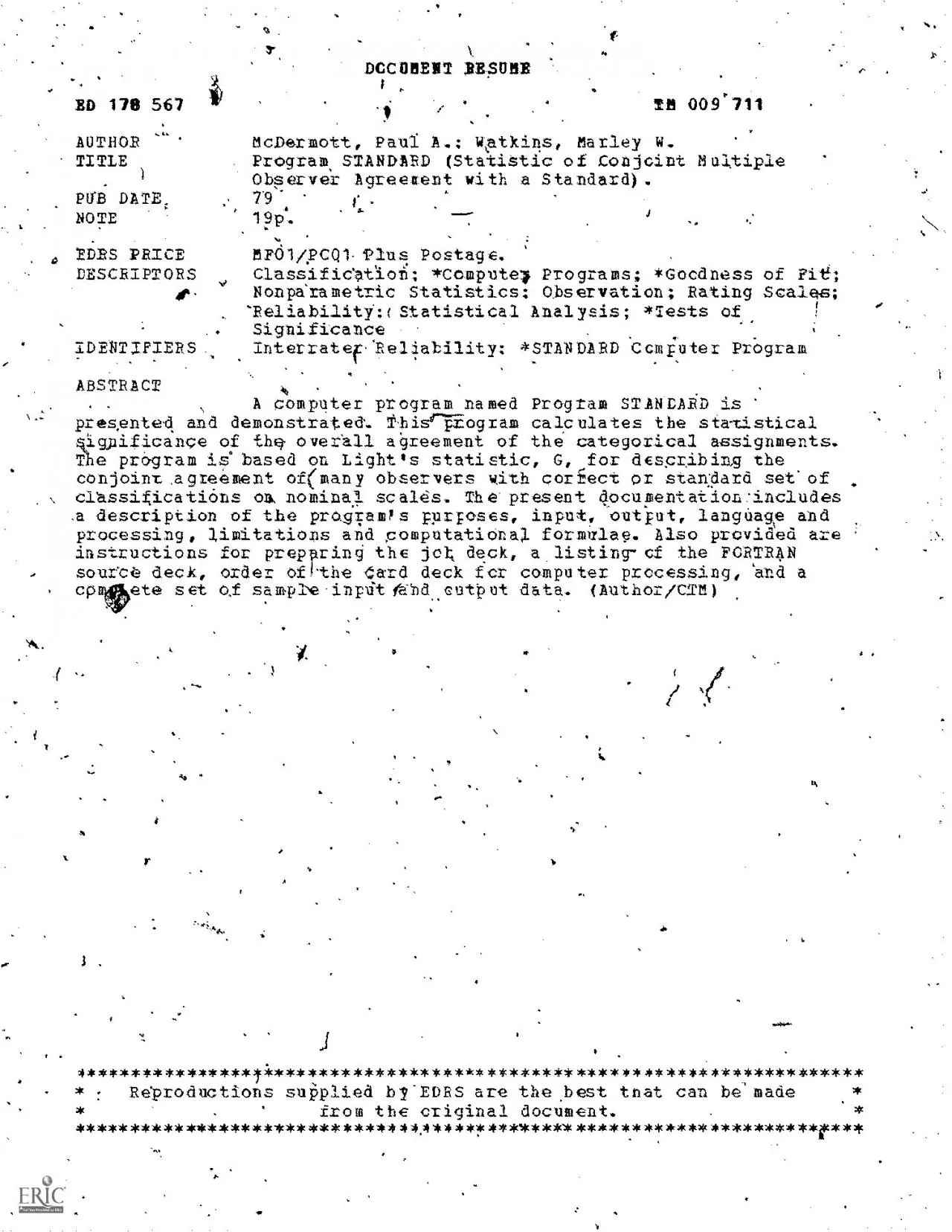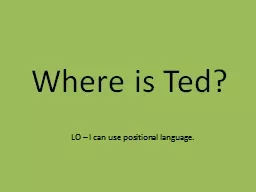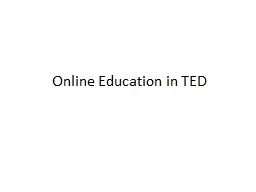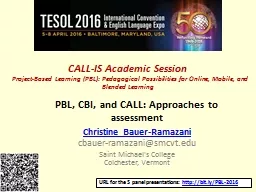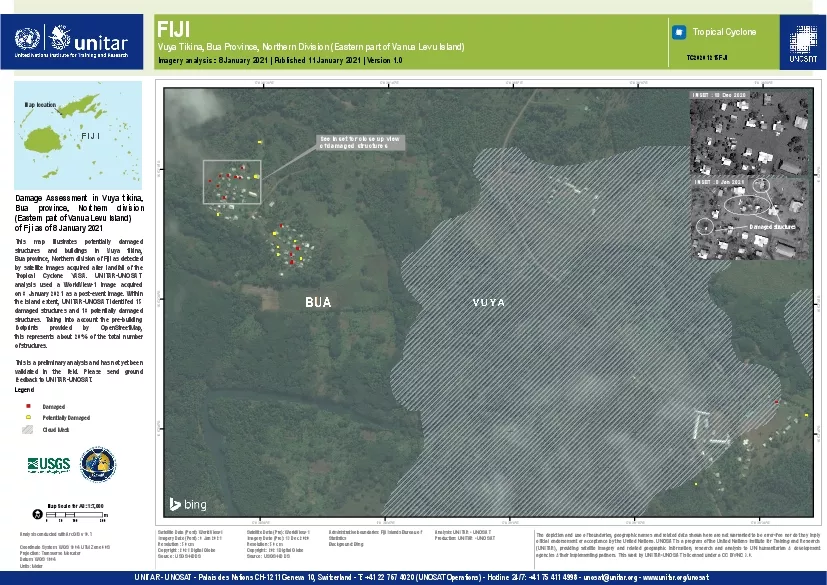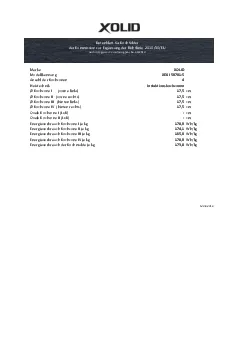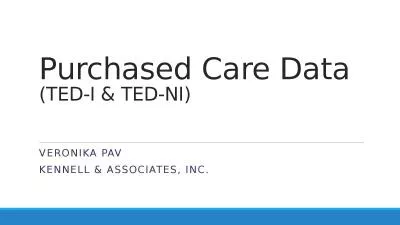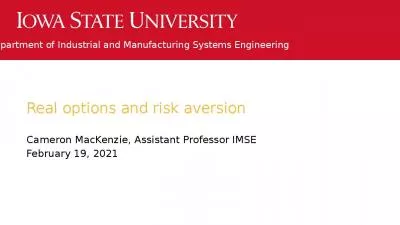PDF-tED 178 567AUTHORTITLEPU13 DATENOTEESRICEDESCRIPTORS4IDENTIFIERSDCC
Author : tabitha | Published Date : 2021-06-29
4remiqrmiUU S DEPARTMENT OF NEACTNOUCATtON WELFARENATIONAL INSTITUTE OFEdU CATIONTHIS DOCUMENT HAS SEEN REPRODUCED EXACTLY As RECEIVED FROMTHE PERSON OR ORG4NIZATION
Presentation Embed Code
Download Presentation
Download Presentation The PPT/PDF document "tED 178 567AUTHORTITLEPU13 DATENOTEESRIC..." is the property of its rightful owner. Permission is granted to download and print the materials on this website for personal, non-commercial use only, and to display it on your personal computer provided you do not modify the materials and that you retain all copyright notices contained in the materials. By downloading content from our website, you accept the terms of this agreement.
tED 178 567AUTHORTITLEPU13 DATENOTEESRICEDESCRIPTORS4IDENTIFIERSDCC: Transcript
Download Rules Of Document
"tED 178 567AUTHORTITLEPU13 DATENOTEESRICEDESCRIPTORS4IDENTIFIERSDCC"The content belongs to its owner. You may download and print it for personal use, without modification, and keep all copyright notices. By downloading, you agree to these terms.
Related Documents

